Animal Adaptations and Traits Teaching Resources
Get ready to teach about animal adaptations and animal traits this school year with printable worksheets, digital activities and more teacher-created resources for elementary and middle school teachers.
This collection of elementary school science curriculum resources includes printables and Google Slides templates that have been thoroughly reviewed by our expert teaching team to ensure they're ready for your lesson plans and your students.
Save time on lesson planning with curriculum-aligned instructional slide decks, vocabulary guides and activities that can easily be differentiated to meet your students' individual needs.
New to tackling this topic in the classroom? The expert science teachers on the Teach Starter team have put together the answers to some of teachers' most common questions about animal adaptations and animal traits!
What Are Animal Adaptations? A Kid-Friendly Definition
Let's start with an easy way to explain what adaptation in animals is to your class! Here's a kid-friendly definition from our teacher team:
Adaptation is when animals change their bodies or behaviors to survive better in their environment. Humans may put on a jacket when it's cold outside — that's an example of how we adapt. Animals also have their own special ways of dealing with different environments.
How Do Animals Adapt to Their Environments?
Just as there are countless kinds of animals living around the world, there are many ways that different animals will adapt to their environment. There are two major types of adaptations
Behavioral Adaptations
One way that an animal can adapt is through a process called behavioral adaptation. This kind of change doesn't require a change in the animal's DNA or its physical features.
Instead, this involves changes in an animal's actions or habits that help them survive in their environment, such as a bear hibernating during the winter.
Structural Adaptations
Another way that animals adapt is through changes to physical features or body parts. These are called structural adaptations, typically occurring over time via evolution, the process of gradual change in species over many generations.
A polar bear's white fur is a good example of a structural adaptation for this tundra animal. The color of the fur helps polar bears blend in with the snowy environment of the Arctic, providing camouflage and making it easier for them to hunt and sneak up on prey.
What Are Some Animal Adaptation Examples for Kids?
Looking for more animal adaptation examples that kids love to share with your students? Give these a try!
Desert Animal Adaptations
- Camels have humps that store fat, which they can use as food and water when there's not much available.
- Desert snakes have scales that help them move smoothly on the sand.
- Beetles that live in the desert have a hard outer covering that prevents them from losing water.
Tundra Animal Adaptations
- In addition to the color of their fur, polar bears have thick fur and a layer of blubber (fat) that keep them warm in the freezing cold.
- Arctic foxes can change the color of their fur from brown in the summer to white in the winter to blend in with the snow.
- Caribou have wide hooves that help them walk on the soft tundra and dig through the snow for food.
- Plus Plan

Amphibians vs Reptiles Worksheet Pack
Compare Amphibians vs. Reptiles and their characteristics with our printable animal comparison worksheets.
- Plus Plan
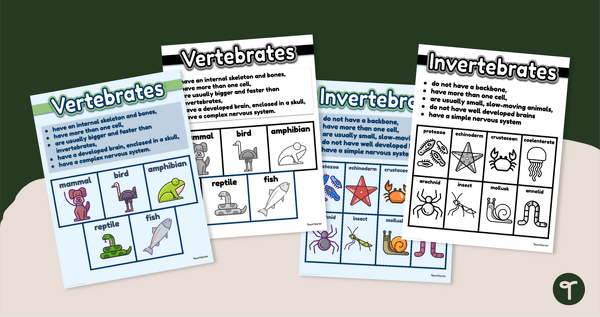
Vertebrates and Invertebrates Posters
A set of educational posters featuring the basic differences between vertebrates and invertebrates.
- Plus Plan
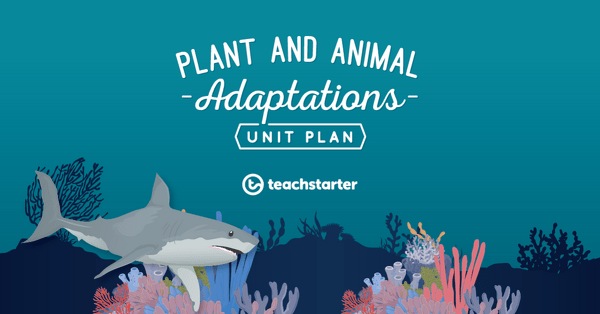
Plant and Animal Adaptations Unit Plan
This Science unit addresses the concept of plant and animal adaptations.
- Plus Plan
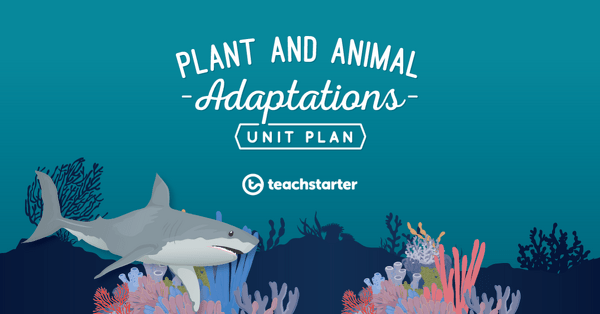
Animal Adaptations Inquiry Task - Presenting
- Plus Plan
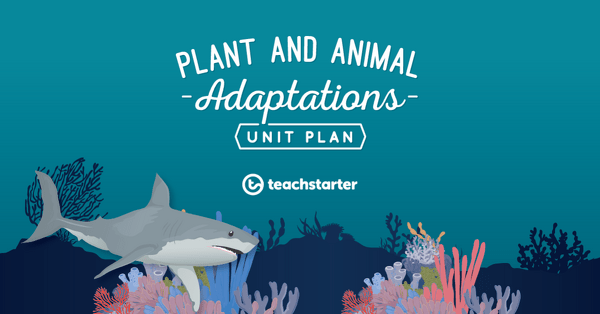
Animal Adaptations Inquiry Task - Researching
- Plus Plan

Animal Adaptations Inquiry Task - Introduction
- Plus Plan
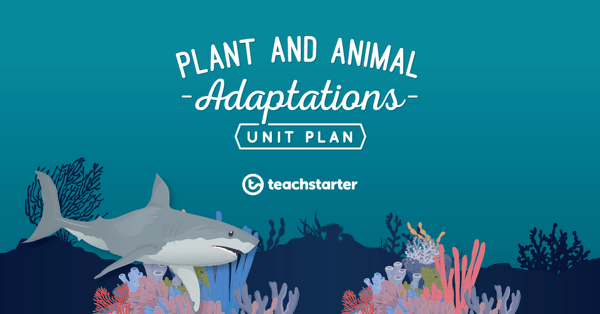
Blubber Me Experiment
A 60 minute lesson in which students will investigate how blubber works as an insulator.
- Plus Plan
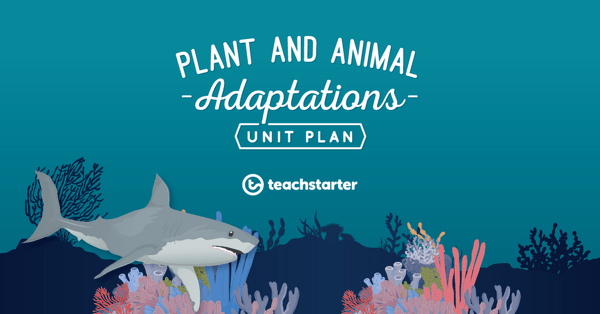
Physiological Adaptations
A 60 minute lesson in which students will explore the physiological adaptations of plants and animals.
- Plus Plan
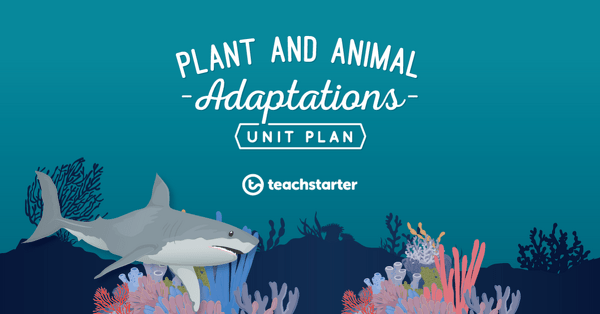
Behavioral Adaptations
A 60 minute lesson in which students will explore the behavioral adaptations of plants and animals.
- Plus Plan
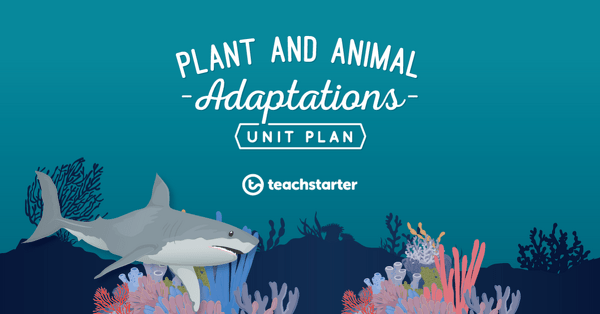
Introduction to Adaptations
- Animal Adaptations and Traits Worksheets
- Animal Adaptations and Traits Posters
- Animal Adaptations and Traits Games
- Animal Adaptations and Traits for Kindergarten
- Animal Adaptations and Traits for 1st Grade
- Animal Adaptations and Traits for 2nd Grade
- Animal Adaptations and Traits for 3rd Grade
- Animal Adaptations and Traits for 4th Grade
- Animal Adaptations and Traits for 5th Grade
- Animal Adaptations and Traits for 6th Grade